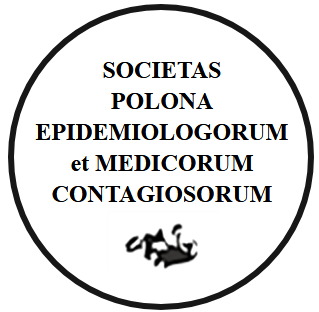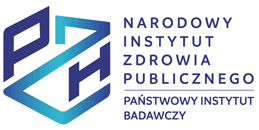RESEARCH PAPER
Gonorrhoea in Poland in 2023
1
Zakład Epidemiologii Chorób Zakaźnych i Nadzoru,
Narodowy Instytut Zdrowia Publicznego PZH – Państwowy Instytut Badawczy
Submission date: 2025-07-06
Final revision date: 2025-10-05
Acceptance date: 2025-10-17
Online publication date: 2025-10-22
Publication date: 2025-12-12
Corresponding author
Karolina Zakrzewska
Zakład Epidemiologii Chorób Zakaźnych i Nadzoru, Narodowy Instytut Zdrowia Publicznego PZH – Państwowy Instytut Badawczy
Zakład Epidemiologii Chorób Zakaźnych i Nadzoru, Narodowy Instytut Zdrowia Publicznego PZH – Państwowy Instytut Badawczy
Przegl Epidemiol 2025;79(3):428-443
KEYWORDS
TOPICS
ABSTRACT
Background: In 2022, gonorrhoea incidence in Poland returned to its pre-pandemic upward trajectory after a temporary decline. Objective: This study aims to describe the epidemiological situation of gonorrhoea in Poland in 2023 based on national surveillance data. Material and methods: The analysis was based on case-based data from gonorrhoea notifications in 2023, supplemented by aggregated data from MZ-56 forms (2014-2022) and treatment data from dermatology-venereology clinics reported via MZ-14 forms (2019-2023). Results: In 2023, gonorrhoea incidence doubled to 3.5/100,000 (1322 cases), the highest rate ever reported in Poland. Despite the rise, rates stayed far below the EU/EEA level (25/100,000). An improvement in reporting timeliness was observed. Most cases (87.4%) were among Polish nationals, and the male-to-female ratio was 11:1 (1,210 vs. 111 cases). Among individuals aged 15-24, the proportion of female cases increased (15-19 years: 18%; 20-24 years: 10%). Extragenital infections remained stable for rectal (9%) and pharyngeal (8%) sites, while conjunctival in adults increased (1% vs. 0.3% in 2022). Five cases occurred in children under 14 years, including two neonates with conjunctivitis – the first such reports in a decade. Nearly one-third of 2023 notifications (29.8%) related to diagnoses made between 2020 and 2022. These delayed notifications revealed that the upward trend began in 2021 (525 cases vs. 522 in 2019), intensified in 2022 (723), and peaked in 2023 (928). Conclusions: 1) The rise in gonorrhoea cases since 2021, along with better reporting in 2023, suggests partial recovery of STI surveillance post-COVID-19, while exposing gaps in epidemiological monitoring. 2) Increasing cases among young women, children, and migrants underscore the need for tailored prevention and access to services. 3) Poland’s limited involvement in the European Gonococcal Antimicrobial Surveillance Programme (Euro-GASP) underscores the urgent need to enhance domestic microbiological monitoring of N. gonorrhoeae to support regular antimicrobial susceptibility reporting and timely public health response.
Share
RELATED ARTICLE
We process personal data collected when visiting the website. The function of obtaining information about users and their behavior is carried out by voluntarily entered information in forms and saving cookies in end devices. Data, including cookies, are used to provide services, improve the user experience and to analyze the traffic in accordance with the Privacy policy. Data are also collected and processed by Google Analytics tool (more).
You can change cookies settings in your browser. Restricted use of cookies in the browser configuration may affect some functionalities of the website.
You can change cookies settings in your browser. Restricted use of cookies in the browser configuration may affect some functionalities of the website.





